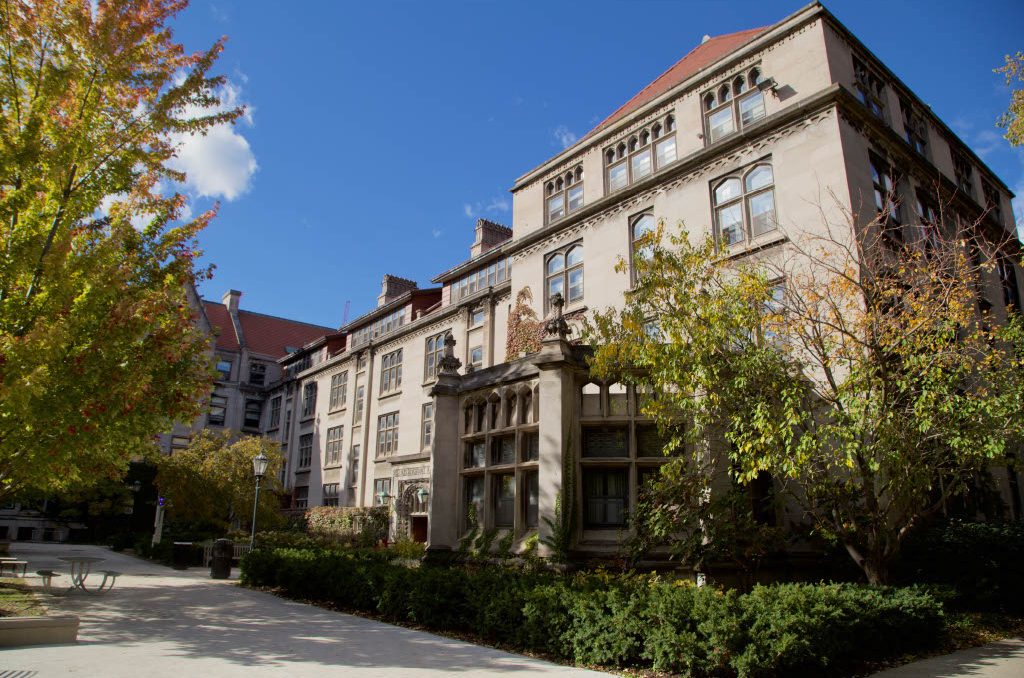Wide numbers of people, from urban teachers to suburban parents to President Bush, will tell you that we should take action to save our schools. Of course, none of them can agree whether the solution involves more money, more testing, or more “school choice.” I have a simple proposal to reform our schools, and it requires all three, especially the last.
Opponents of giving failing schools more money point out that those schools often haven’t effectively used the money they already have been given. Opponents of testing point to the stupidity of trying to figure out what the lines for “passing” and “failing” are, let alone the objective quality to be measured.
Opponents of school choice most frequently complain that many areas lack any real choice, that good schools are overcrowded, and that taking students out of failing schools only makes them worse.
My plan
Step One: Allow students and their parents to choose their school. You might apply some constraints–perhaps schools must accept all applicants or accept a racially balanced mix of applicants. Perhaps the school’s curriculum must be “certified” to some standard.
Step Two: Apportion school funding largely on the basis of student enrollment, more money per student than our current system provides. Allowances can be made here when a school provides a service available to students at other schools–a set of rare AP classes available to all, an expansive open library, or a district-wide football team.
Step Three: Allow anybody who wants to set up a school to do so, within the rules above. The school would have to be accredited, of course.
Step Four: Allow a certain number of independent organizations to assess schools in various ways–some could issue tests, some could simply walk the halls and interview staff and students. Allow them to publish their findings and possibly subsidize them.
Step Five: Let the market work. The market ideal is that good schools blossom and attract more students (and more money), while students jump from lousy schools like rats from a ship. When the only school in a neighborhood is lousy, a mediocre school happily springs up next to it, siphoning off children and money. The trouble is that “failing” must be defined not only relatively, but subjectively.
Some kids want AP Chem, some want industrial design, some want a short commute, some want a football team, and some want an asbestos-free building. Rather than trying to please everybody all of the time (they can’t), schools should specialize to some degree, letting children and parents pick the combination best for them. The kids I grew up with who planned to get factory or farm work didn’t care about our school’s college admission rates. They wanted a school with flexible hours and a few practical classes.
Of course this approach has its flaws. In an effort to please the majority of its students, some schools may fail to cater to rare talents and desires. Schools also might compete to do things that students and parents like but that communities don’t, like adopt strict drug policies and then fail to enforce them. In some marginal areas, schools might seem like too-risky an investment (although the government is always free to intervene). But is the system better than our current mess? I think so.
One final thing to remember. When it works efficiently, the market forces schools to provide useful services at competitive costs, but “cost” doesn’t just mean money. Some schools have untenable “zero-tolerance” policies for Advil, others have lecherous supervisors, still others ban backpacks, tank-tops, and stories about alcohol from the school paper. Mine did all of these things, and yours probably did others. When these policies are worth the benefits that they’ll bring to the students and their families, they’ll continue. But if students and their parents value liberty as well as order, schools will be pushed to develop some of the freedoms that adults take for granted.
School administrators often mean well, but are accountable only to a slow-moving bureaucratic system that finds it hard to know what life is really like in schools. By apportioning funding attached to the students, the government can make it clear that students are to be the primary beneficiaries of the system. And by letting families choose where their child and the money go, we will force schools to be accountable to the families they purport to serve.







